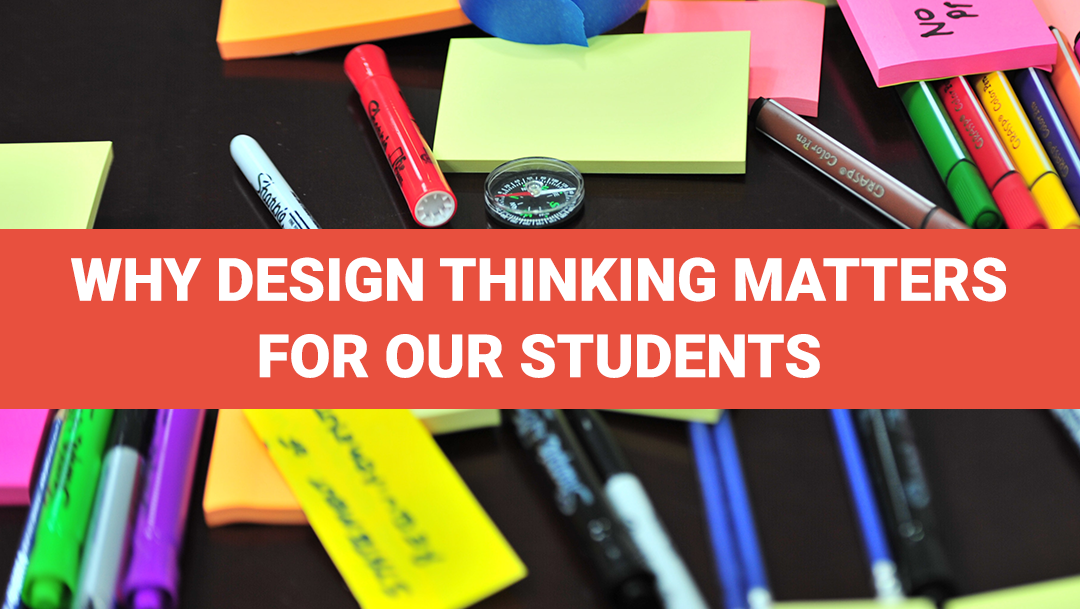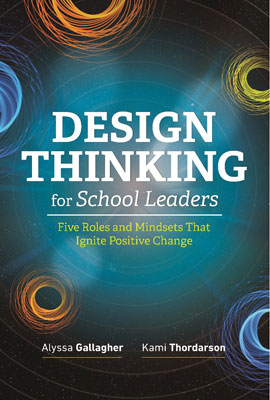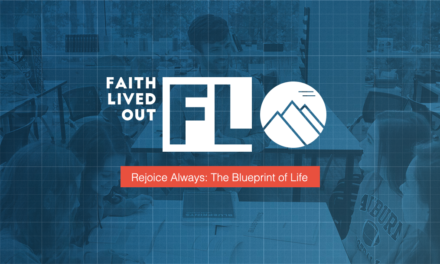
Alyssa Gallagher is an experienced public school educator, school & district administrator, facilitator and educational consultant. She recently authored, “Design Thinking for School Leaders: Five Mindsets that Ignite Positive Change in Schools” published May 2018 and is constantly exploring “What if…?” with school leaders to support radical change in education. Twitter @am_gallagher
“How was school today?” I asked my boys, ages seven and nine. Jake, a fourth grader, mumbled something under his breath that I didn’t hear word for word but I heard enough to know he was less than thrilled with his day and he accepted it as “just the way it is.”

Where was his enthusiasm for school? Why didn’t he sound enthusiastic about his learning? And even worse, how had he come to already accept a status quo that says school is something to be merely be tolerated at the age of nine? As a long time educator, I was devastated. I want so much more, not only for my own children but for all children.
As I reflected on my all-too-familiar conversation with my son, one that I have heard echoed by parents in many communities, something struck me from a book I’d recently read, Originals. The author, Adam Grant, uncovered new insights about what your web browser says about you. When you purchase a computer it comes with a default browser installed, Internet Explorer if you own a PC, Safari if you own a Mac. The actual browser you use doesn’t matter, what does matter is how you acquired it. Sixty-seven percent of computer users stick with the default browser without ever questioning whether or not there is a better option. Those who select and download Chrome or Firefox display some initiative and take steps to improve their browsing experience. Choosing the default system is certainly easier. It is a stance that says, “the world is supposed to be this way, therefore I don’t need to be dissatisfied with it.” This default stance also keeps us from considering alternative, and in many cases, better solutions. Yet, there are better solutions out there and not just for our browsers.
Why does Design Thinking matter?
Design thinking is a process for problem-solving and a method for creative action that is grounded in empathy. By teaching design thinking to our students, we are really teaching them ways to think differently about the “default settings” of life. Through design thinking, students learn how to identify problems and reframe them as actionable opportunities; they develop empathy as they work to uncover the needs of others; they develop persistence and tenacity, viewing setbacks and failures as learning moments; they develop entrepreneurial behaviors, and they develop self-belief that they are creative problem solvers. As students learn how to navigate design thinking, they adopt and develop new mindsets that are future-focused and solutions-oriented. With enough practice and guidance, our students can all become “Design Thinkers” who don’t accept the default settings of our world. They will stop seeing the world as it is, and start seeing the world as it could be, daring to imagine more beautiful solutions.















